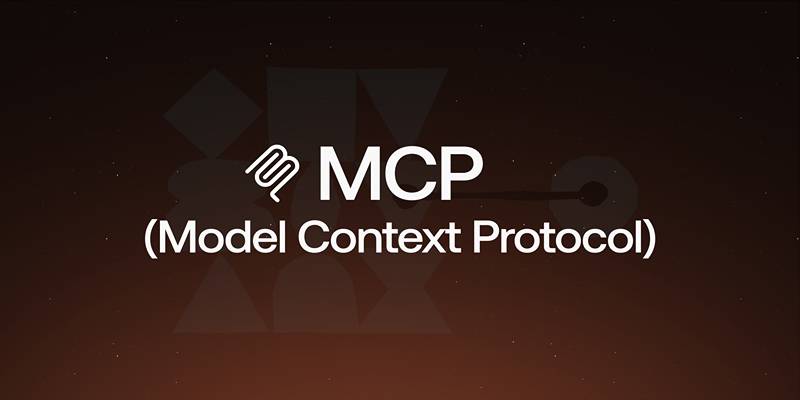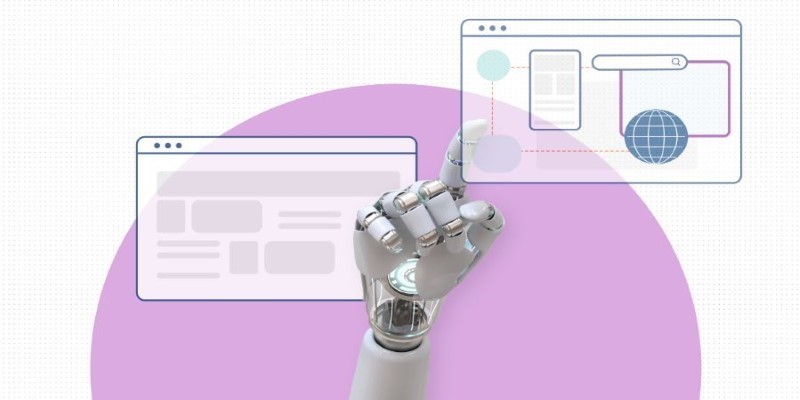With the advent of artificial intelligence tools in 2024, content creation changed dramatically. These instruments make advertising, blog entries, and social network posts today. It has spurred a major argument: Do consumers, however, value work produced by actual writers, or is AI-generated content better? By 2025, this conversation will become even more important. Companies want material that seems real and connects with readers in addition to speedier, more reasonably priced materials.
Although artificial intelligence can generate material rapidly, the issue is whether speed justifies quality. This article will compare artificial intelligence material with human-created content by examining their strengths and shortcomings. You will know more precisely which option best fits your situation and when to take each for optimum outcomes.

Understanding Human-Written Content
Real people who use their ideas, thoughts, and emotions to create original works produce human-written material. Deeply considering subjects, writers bring in feelings to produce work in an individual, interesting voice. Stories, anecdotes, and real-life events help them connect with readers, rendering the material interesting and relevant.
Human writers change their voice, tone, and technique depending on the audience so that the message speaks to them. Their knowledge of slang, culture, and trends helps them successfully interact with several groups. Human authors also do extensive studies to guarantee that the material is authentic, original, and devoid of repetition. This strategy guarantees that the material stays real and very relevant for readers.
Pros:
- Sounds natural, interesting, and speaks to readers.
- Tells audiences relevant stories that speak to them.
- Clearly expresses feelings and points of view.
Cons:
- Writes and edits more slowly.
- It can be costly to manufacture and call for resources.
Understanding AI-Generated Content
AI systems like ChatGPT, Jasper, and others are transforming content creation by generating content rapidly. These technologies create complete articles, advertising, and more in a fraction of the time it would take a human writer to use data and patterns. Given its speed and affordability, companies trying to save time and money will find AI content intriguing.
Artificial intelligence systems are continuously developing, allowing them to write in several tones, improve grammar, and suggest better language. Thus, they are becoming increasingly valuable for companies needing quick access to mass material. Many businesses today depend on artificial intelligence to satisfy their marketing needs faster while preserving quality and streamlining content creation.
Pros:
- Quick and efficient saving of time and money.
- Accessible for companies, therefore lowering the expenses of content creation.
- No grammar or spelling errors guarantee accuracy.
Cons:
- It can lack an emotional or personal touch.
- Sounds synthetic, devoid of human resonance.
What Readers Prefer in 2025
Readers in 2025 will search for material with connection as well as value. Though people value content that seems personal and interesting, they also value materials that teach them something fresh. Many readers may recognize AI-written materials since they usually lack the emotional depth and human touch that give writing a real feel. People like material that is simple, practical, and unambiguous. They also demand emotional connection and narrative where human writers shine.
A gripping narrative is a good method for keeping readers interested since it can captivate an audience longer than a mere list of information. Readers, at the same time, value speed and efficiency. They expect speedy responses, particularly for items like summaries or product descriptions where artificial intelligence shines. What, then, is the best way forward? For the best outcomes in 2025, the optimum content strategy mixes human-written emotion and storytelling with artificial intelligence-generated efficiency.

SEO and Search Engine Preferences
Search algorithms such as Google give top priority to 2025 high-quality material. Google has pushed low-quality AI-generated content down and changed it to detect and rank original, valuable information better. Keeping valuable educational materials at the top of search results will help provide readers with the greatest possible experience. Human-written material often ranks higher because it is intelligent, rich, and personal. It captures the writer's particular experiences, observations, and feelings, which are elements that artificial intelligence finds difficult to reproduce successfully.
Search engines pay for this depth of material. Having stated that, search engine optimization (SEO) depends much on artificial intelligence. It aids by pointing out pertinent keywords, developing content summaries, and offering suggested titles. Combining human knowledge with artificial intelligence helps produce material faster while preserving quality. In essence, artificial intelligence increases speed and structure; human writers are essential for producing unique, high-quality material that distinguishes search engine results.
Which is Better: Human-Written Content or AI?
Human-written and AI-generated content has been a continuous argument with special benefits. Content created by humans is unique in emotional depth, originality, and personal touch. Writers can produce distinctive viewpoints that artificial intelligence frequently finds difficult to replicate, as well as stories and emotions. It makes human material more interesting and relevant, so it usually does better regarding audience connection. Conversely, artificial intelligence content provides speed and efficiency, especially for jobs involving bulk content generation, keyword searches, or outline creation.
Artificial intelligence solutions can enable writers to work faster and increase production without compromising the structure of the text. However, artificial intelligence sometimes lacks the emotional intelligence and subtlety that human authors contribute. The ideal strategy in 2025 mixes artificial intelligence, helping with speed and organization, with people, guaranteeing innovation, quality, and emotional depth. The best material results from the collaboration between the two.
Conclusion:
Between human and artificial intelligence content, 2025 does not point to one winner. Both have uses and advantages. While people provide depth, passion, and originality, artificial intelligence shines in speed and helps create material rapidly. When both cooperate, the best outcomes result. While human authors bring a personal touch, storytelling, and nuance, artificial intelligence can simplify chores such as drafting and SEO. Combining both approaches is wise regardless of your work, business, or writing. It guarantees material relevance for viewers, improves quality, and saves time. Therefore, for best results, combine both instead of selecting one.











